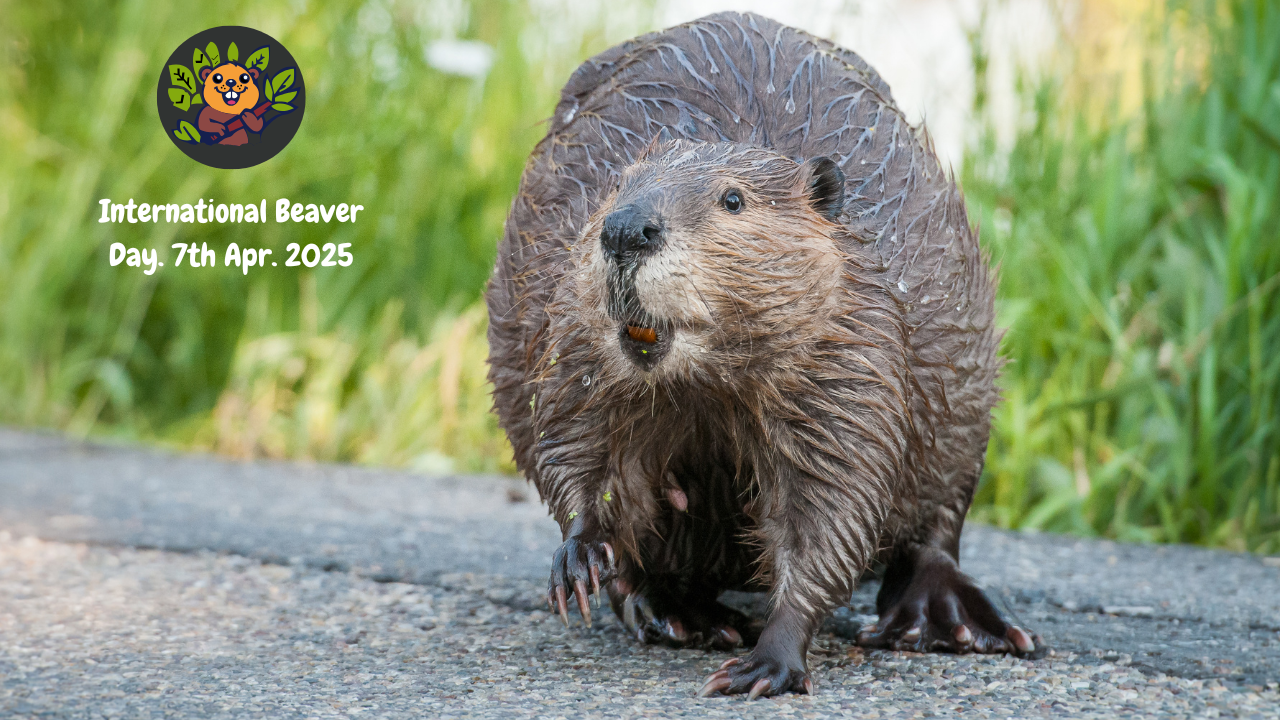On the occasion of International Beaver Day 2025, we celebrate one of nature’s most important ecological engineers. Beavers are more than just adorable creatures with a penchant for gnawing on wood. These industrious rodents are nature’s architects, transforming landscapes in ways that significantly affect biodiversity and ecosystem health. Beavers are more than just dam-builders—they’re ecosystem engineers. With every tree they fell and every waterway they reshape, beavers create vibrant wetland habitats that support hundreds of other species. From frogs to herons, trout to moose, entire communities rely on the watery worlds beavers help create. Tirelessly working without blueprints or bulldozers, this humble rodent is one of the most powerful forces of transformation in the natural world
In this article, we’ll take a closer look at how these unassuming creatures shape entire landscapes, boost biodiversity, and quietly play a critical role in fighting drought, wildfires, and even climate change. So let’s dive into the muddy, miraculous world of the beaver—nature’s busiest and perhaps most important builder.
The Life and Times of the Beaver
Beavers are fascinating creatures that have been around for millions of years. Known for their work ethic, these animals spend much of their lives building and maintaining dams. Their ability to transform their environment is unparalleled in the animal kingdom. Beavers are primarily nocturnal, meaning they are most active at night. This nocturnal lifestyle helps them avoid predators while they work on their engineering projects.
These animals are equipped with powerful teeth that can fell large trees, which they use to construct their dams and lodges. Beavers have a unique ability to hold their breath underwater for up to 15 minutes, allowing them to move freely in aquatic environments. This ability is crucial for their survival, as it enables them to escape predators and transport materials needed for their constructions. With their webbed feet and flat tails, beavers are excellent swimmers, making them well-suited to life in and around water.
The Art of Dam Building
Dam building is perhaps the most iconic behavior associated with beavers. These structures serve multiple purposes, such as creating deep ponds that provide protection from predators and a stable environment for their lodges. Beavers use a combination of logs, mud, and stones to construct their dams, which can be quite large and complex. The construction of a dam begins with the felling of trees, which beavers strategically place to block water flow.
Once the main structure is in place, beavers continue to reinforce and maintain the dam. This ongoing maintenance ensures that their pond remains at a consistent water level. The ponds created by beaver dams are essential for their survival, providing a safe haven for their young and a reliable source of food. The impact of these dams extends beyond the beavers themselves, as they create habitats for a wide range of other species.
Impact on Water Flow
Beaver dams have a profound impact on water flow in the ecosystems they inhabit. By slowing down the movement of water, these structures help to reduce erosion and improve water quality. The ponds created by beaver dams act as natural filters, trapping sediments and pollutants. This process allows for cleaner water downstream, benefiting both the environment and human communities.
In addition to improving water quality, beaver dams help to mitigate the effects of drought and flooding. By storing water in their ponds, beavers create a buffer against periods of low rainfall. This stored water can be gradually released during dry spells, providing a consistent water supply for plants and animals. Conversely, during heavy rains, beaver dams help to slow the flow of water, reducing the risk of downstream flooding.
Creation of Wetland Habitats
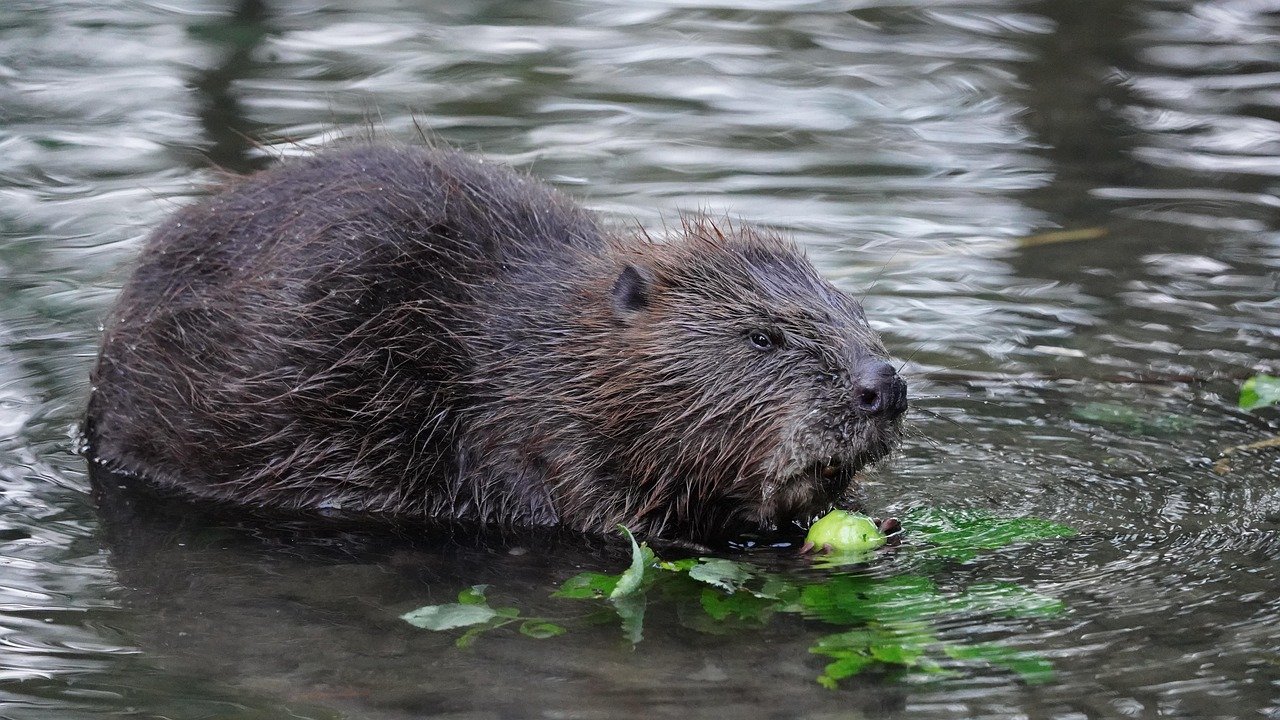
Beavers are often referred to as “ecosystem engineers” due to their ability to create wetlands, which are among the most biologically diverse ecosystems on Earth. The ponds formed by beaver dams create ideal conditions for the development of wetlands. These areas are characterized by shallow water, abundant vegetation, and a rich diversity of plant and animal life.
Wetlands created by beavers provide essential habitat for a wide range of species, including amphibians, birds, and fish. The presence of standing water and diverse plant life creates a complex environment that supports a variety of ecological niches. In addition to providing habitat, wetlands also serve important ecological functions, such as filtering pollutants, storing carbon, and providing flood control.
Effects on Plant Species
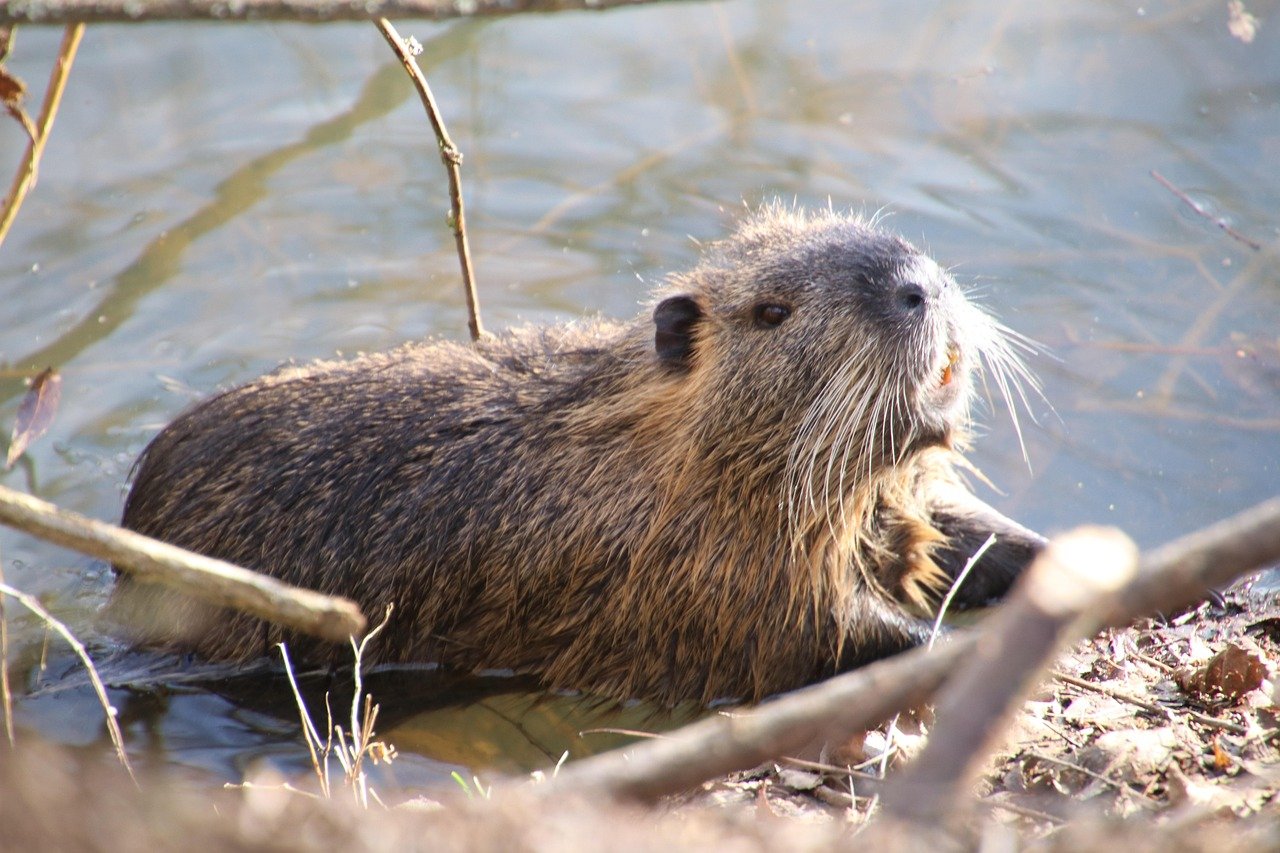
The presence of beavers has a significant impact on plant communities within their habitats. By altering water flow and creating wetlands, beavers create conditions that favor certain plant species over others. Wetland plants, such as cattails and sedges, thrive in the shallow water and nutrient-rich soils created by beaver activity. These plants provide food and shelter for a variety of animal species.
In addition to promoting the growth of wetland plants, beavers also influence the composition of surrounding forests. By felling trees for their dams and lodges, beavers open up the forest canopy, allowing sunlight to reach the forest floor. This increased light availability promotes the growth of understory plants, enhancing plant diversity within the ecosystem.
Effects on Animal Species
Beavers have a profound impact on the animal communities within their habitats. The ponds and wetlands they create provide essential habitat for a wide range of species, including fish, amphibians, birds, and mammals. Fish benefit from the increased habitat complexity and improved water quality associated with beaver ponds. Amphibians, such as frogs and salamanders, thrive in the shallow water and abundant vegetation of beaver-created wetlands.
Birds also benefit from the presence of beavers, as the wetlands provide nesting sites and abundant food resources. Waterfowl, such as ducks and geese, are particularly attracted to beaver ponds, where they find ample food and shelter. Mammals, including muskrats and otters, often take advantage of the habitats created by beavers, using their ponds and lodges for shelter and foraging.
Beavers and Biodiversity
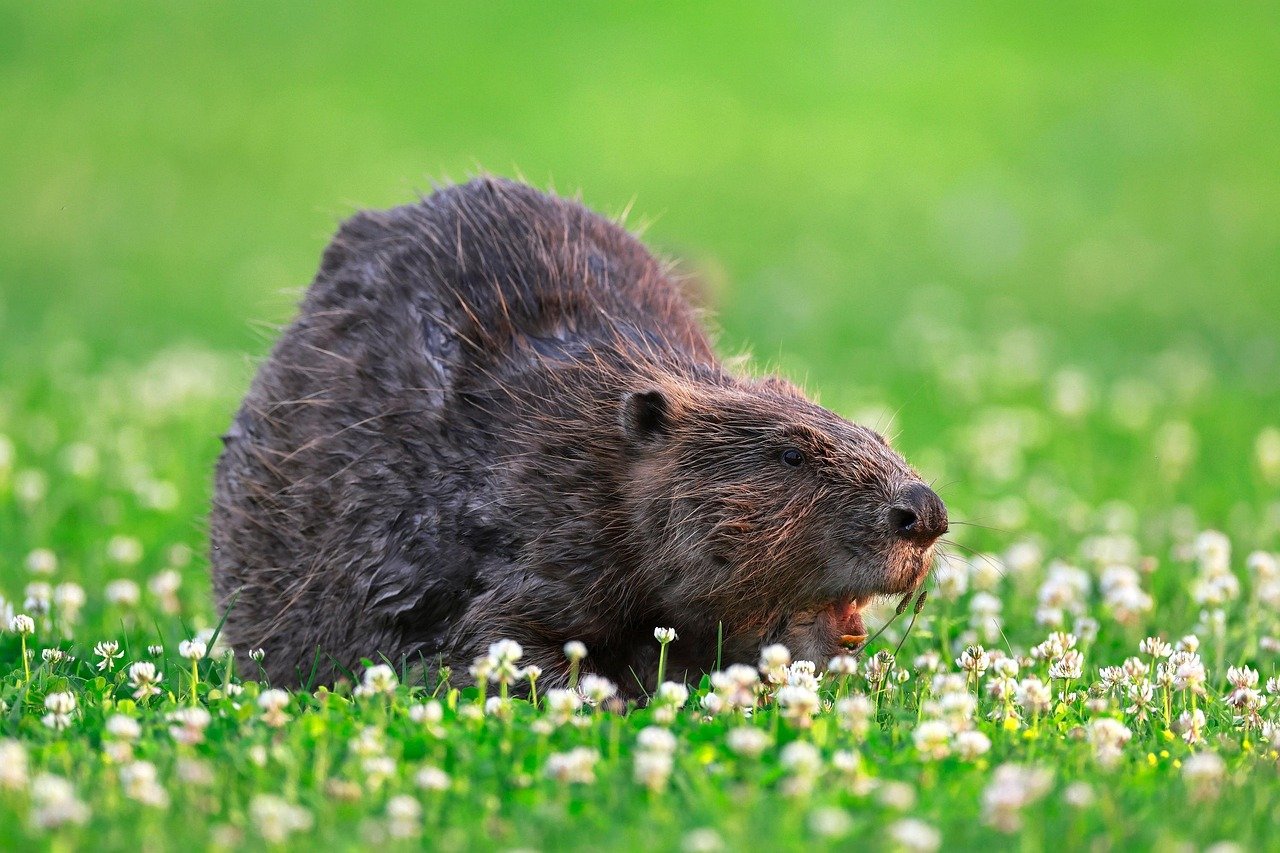
Beavers play a crucial role in maintaining and enhancing biodiversity within their ecosystems. By creating a mosaic of habitats, beavers increase the diversity of plant and animal species in the areas they inhabit. The wetlands and ponds formed by beaver activity provide a variety of ecological niches, supporting a wide range of species that might not otherwise thrive in the area.
In addition to providing habitat, beavers also facilitate ecological processes that promote biodiversity. Their dam-building activities create dynamic environments that are constantly changing, allowing for the coexistence of a diverse array of species. By influencing the composition of plant and animal communities, beavers help to maintain the balance and resilience of their ecosystems.
The Role of Beavers in Ecosystem Health
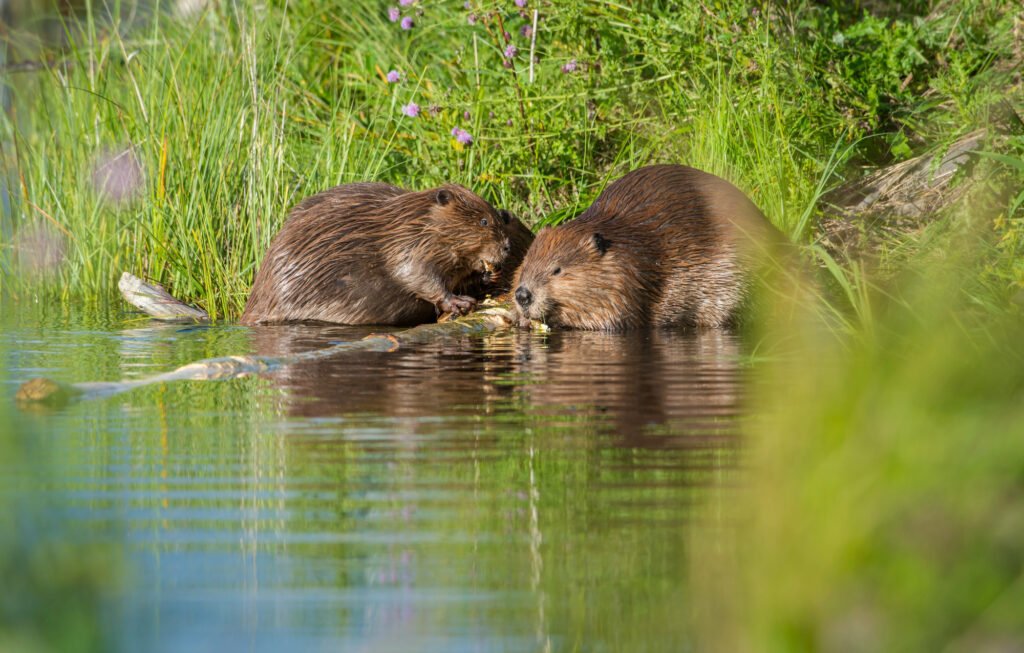
Beavers are essential for maintaining the health and resilience of the ecosystems they inhabit. Their activities help to regulate water flow, improve water quality, and create diverse habitats that support a wide range of species. In addition to these ecological benefits, beavers also provide important ecosystem services, such as carbon storage and flood control.
The presence of beavers in an ecosystem can be an indicator of its overall health. Healthy beaver populations suggest a balanced ecosystem with abundant resources and diverse habitats. Conversely, the absence of beavers may indicate environmental degradation or a lack of suitable habitat. By supporting beaver populations and their habitats, we can help to ensure the long-term health and resilience of our ecosystems.
Challenges Faced by Beavers
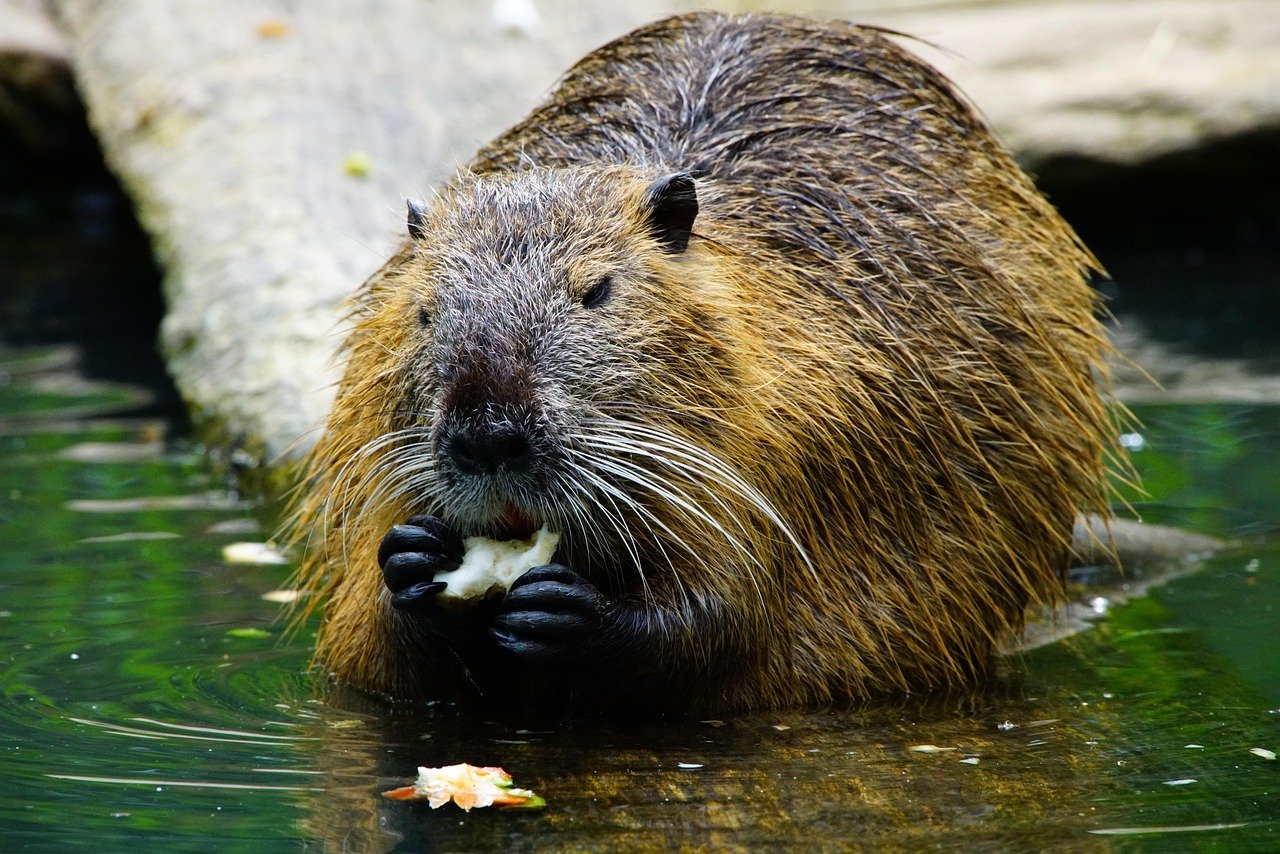
Despite their ecological importance, beavers face a number of challenges that threaten their survival. Habitat loss and fragmentation due to human activities, such as agriculture and urban development, are major threats to beaver populations. In addition, beavers are often perceived as nuisances by landowners, leading to conflicts and, in some cases, lethal control measures.
Climate change also poses a significant threat to beavers and their habitats. Changes in temperature and precipitation patterns can affect the availability of water and suitable habitat for beavers. As wetlands and ponds dry up, beavers may be forced to relocate or face increased competition for resources. Addressing these challenges is essential for ensuring the continued survival and ecological contributions of beavers.
Conservation Efforts and Success Stories

Efforts to conserve beavers and their habitats have been met with varying degrees of success. In some areas, beaver populations have been successfully reintroduced, leading to positive ecological outcomes. For example, in parts of Europe and North America, beaver reintroduction programs have resulted in increased biodiversity and improved ecosystem health.
Conservation efforts often involve collaboration between government agencies, non-profit organizations, and local communities. These partnerships are essential for addressing the complex challenges faced by beavers and their habitats. By working together, we can develop strategies that balance the needs of beavers with those of human communities, ensuring a sustainable future for both.
Human-Beaver Coexistence
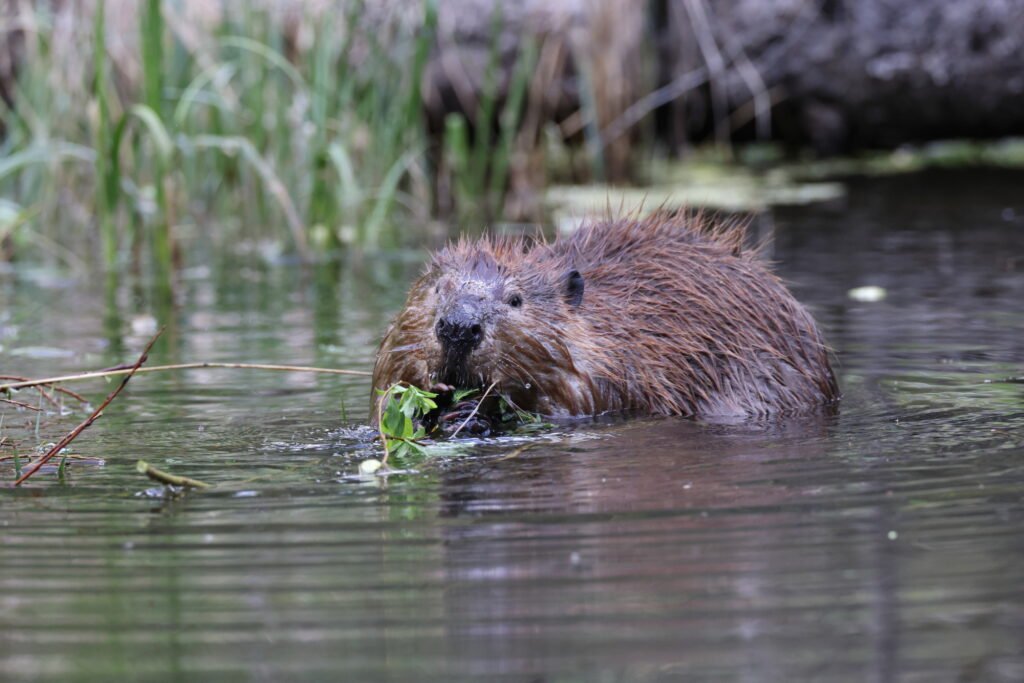
Finding ways to coexist with beavers is essential for ensuring their survival and maintaining healthy ecosystems. Education and outreach programs can help to raise awareness about the ecological benefits of beavers and promote coexistence strategies. For example, landowners can be encouraged to use non-lethal methods for managing beaver-related issues, such as installing flow devices to prevent flooding.
In addition to education, policy changes and incentives can also promote coexistence between humans and beavers. For example, landowners can be offered financial incentives for maintaining beaver habitats or implementing beaver-friendly land management practices. By fostering a culture of coexistence, we can help to ensure the long-term survival and ecological contributions of beavers.
The Future of Beavers and Their Ecosystems
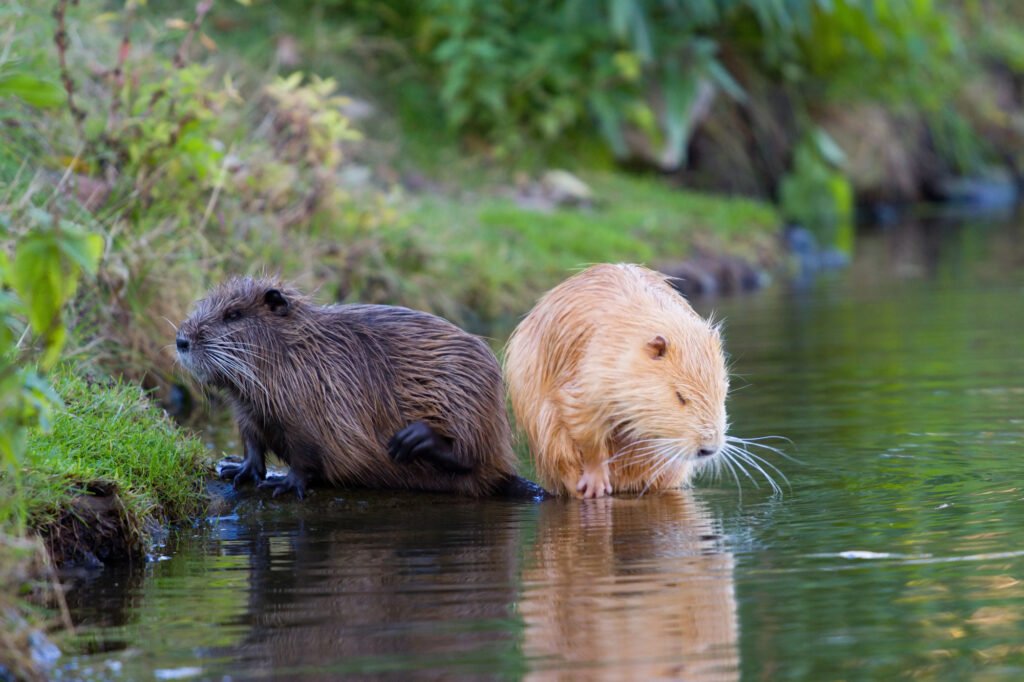
The future of beavers and their ecosystems depends on our ability to address the challenges they face and promote coexistence. As we continue to learn more about the ecological importance of beavers, it is essential that we take action to protect and conserve their habitats. This includes addressing threats such as habitat loss, climate change, and human-wildlife conflict.
By supporting beaver conservation efforts and promoting coexistence, we can help to ensure the long-term health and resilience of our ecosystems. The continued presence of beavers in our landscapes will not only benefit biodiversity but also provide important ecosystem services that support human communities. As we look to the future, it is clear that beavers will continue to play a vital role in shaping and sustaining the natural world.

Born and bred in South Africa, a Capetonian at heart. Amy-Leigh’s love for nature and animals was inherited from her Dad. He loves taking the family on road trips to experience nature at its finest; Amy-Leigh’s favourite being whale watching in Hermanus and spotting Kudu along the West Coast. Amy-Leigh holds a BA in English Literature and Communication Studies.

